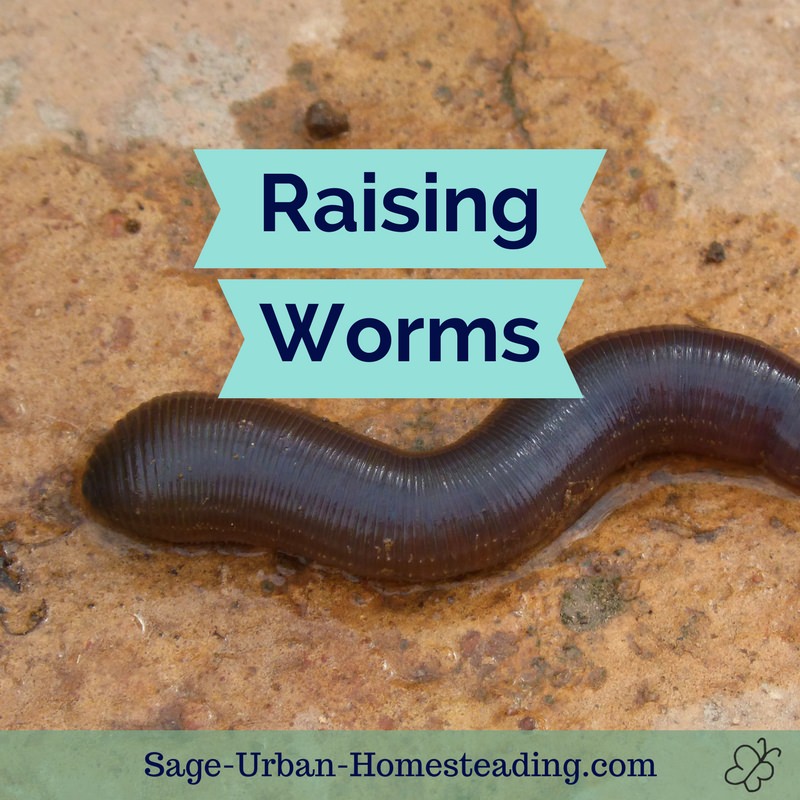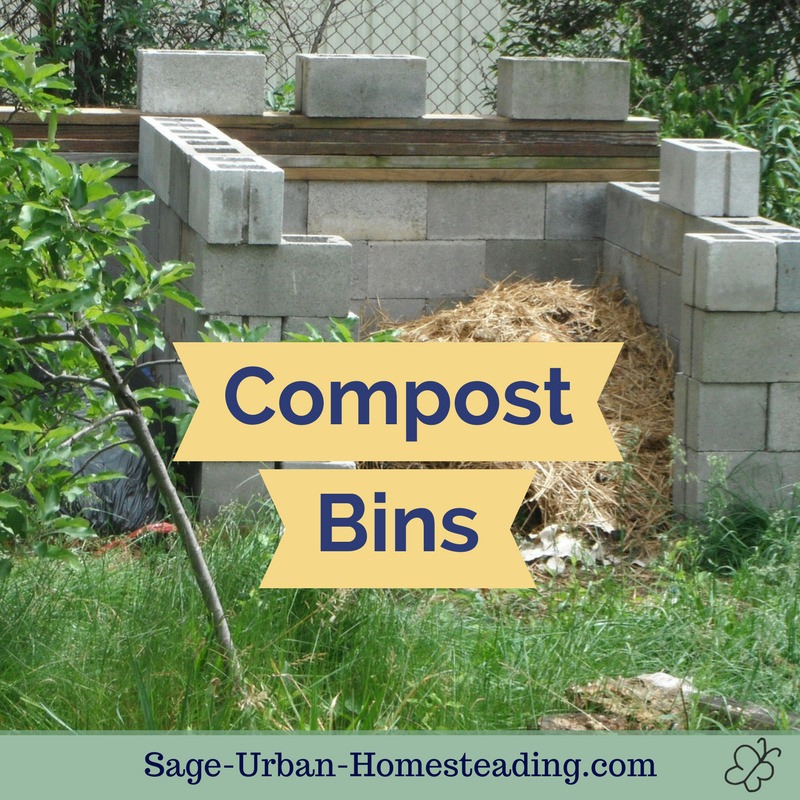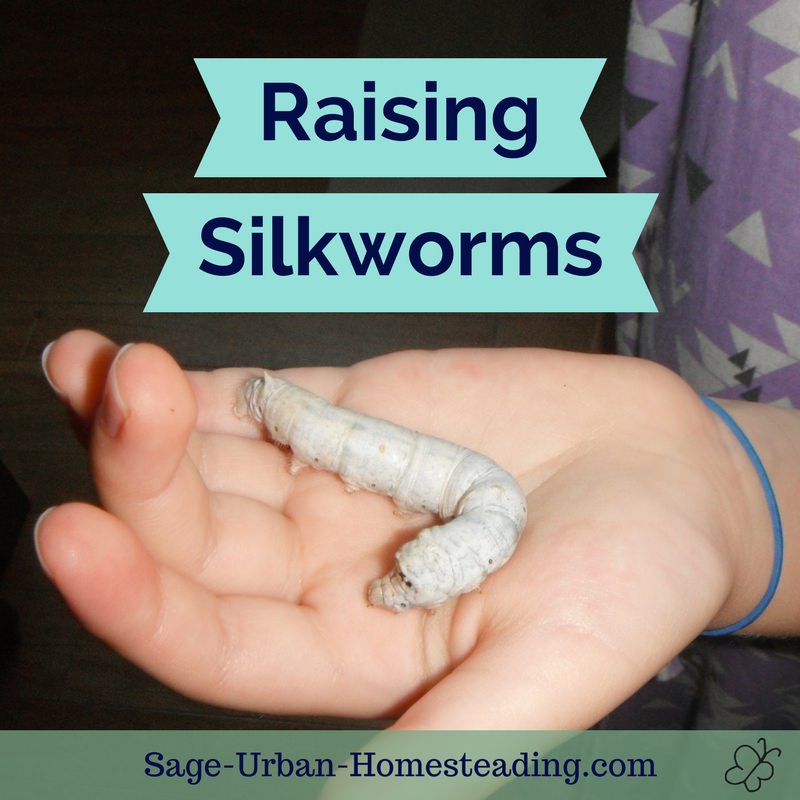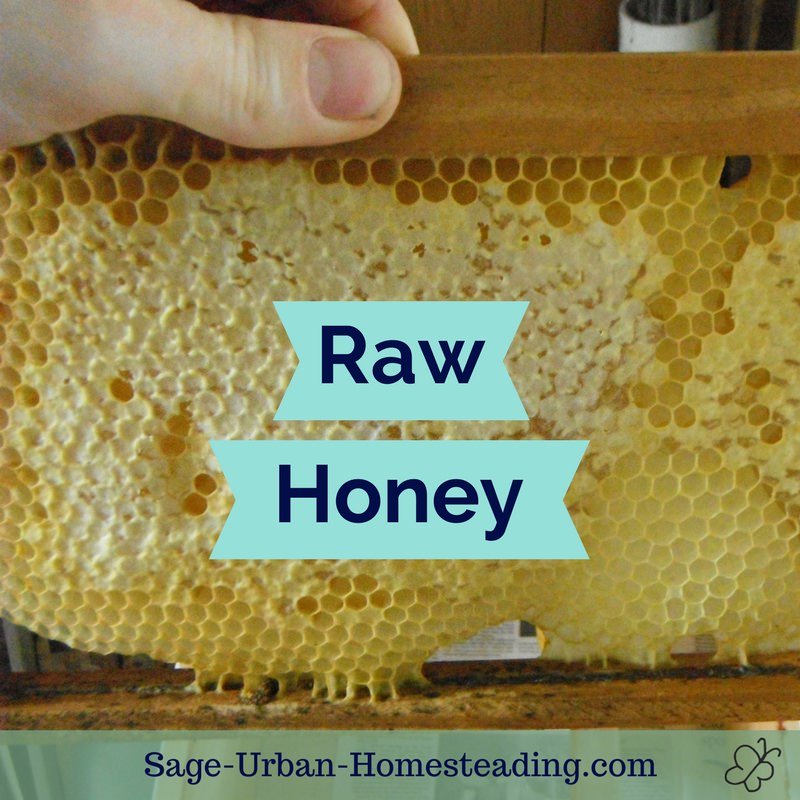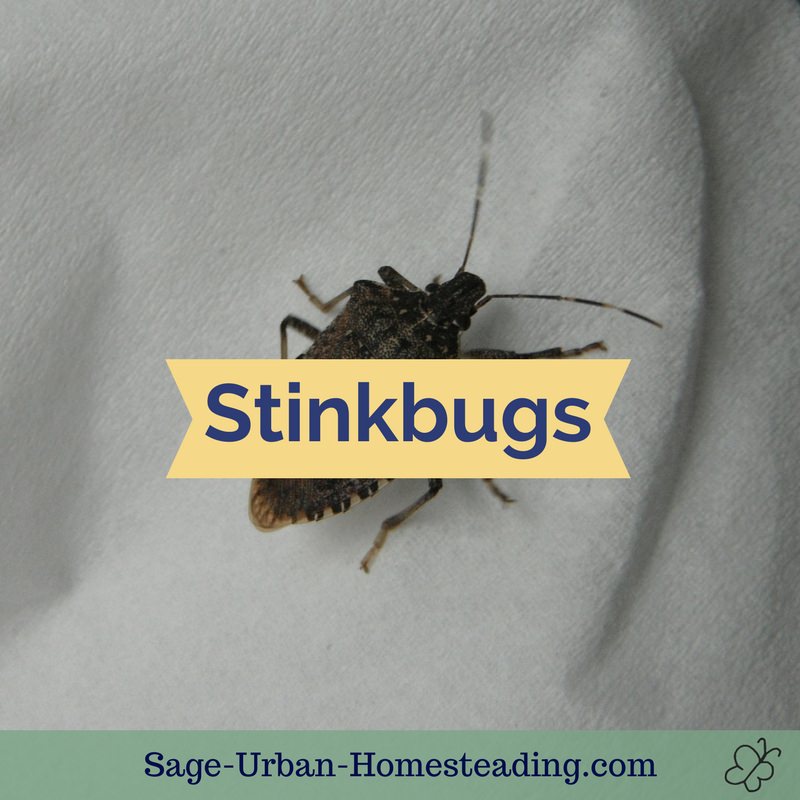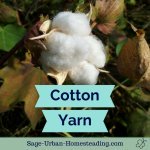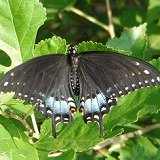FYI: I earn a small commission from some links and advertisements.
- Home
- Urban Farming and Gardening
- Composting Worms
Composting Worms
The composting worms are little heroes who want to help you save the world or maybe just survive in it by growing your own food.
If you want to sound impressive, start talking about vermiculture. It's the fancy technical term for raising worms!
Worm Species
Most people don't know the differences between types of worms. There are two basics that everyone should know:
- Red wigglers
- These are about as long as your finger but thin and have a reddish color. They are frequently used as composting worms in a bin. They can also be used for fishing or in the garden. Some fishing supply stores sell them or you can buy red wiggler composting worms from Amazon or find some at a local shop. Red wigglers are good for worm bins because they tend to live near the surface of the soil.
- Nightcrawlers
- These big, long worms are the gardener's best friend. They produce many large casings and help to aerate the garden soil. They typically only come to the surface at night or can be found by deep digging. A measure of a good garden is how many nightcrawler worms it has.
So for raising worms in a bin, you want to stick with the red wigglers. Nightcrawlers are excellent, but they require deeper soil depths.
How to Raise Composting Worms
Establish a worm box first and buy some red wiggler composting worms to get started.
The common red wiggler worm (Eisenia fetida) does not live in normal soil. It requires decaying organic matter as a home and food. Start with some dead leaves. Shredded paper is ok, too. It should be damp but not too wet. A couple of mists with a spray bottle should keep it just right.
The Ideal Worm Box
The worms like to be in the dark and protected, so use a lid on the worm bin. Make sure there are ventilation holes.
Honestly, we have used spare large flowerpots with a newspaper sitting on top. You have to watch it more to make sure it doesn't dry out, but it's easy and cheap. It is more of a pain to harvest worm casings from a pot.
If it were in our budget, I would try a Worm Factory 360 composting bin and worm factory kit. It even comes with a pH meter, moisture meter, and thermometer. Very cool!
The VermiHut looks a lot more affordable and still has multiple trays for easy worm casing harvest. It even has a spigot for compost tea.
Food
To feed the worms, lay the food on top. Compost bin worms will eat:
- Fruit and vegetable peels
- Coffee grounds
- Stale bread
- Egg shells
Do not give them meat, cheese, or oils because the delicate fats go rancid as they decompose and create an odor.
You can feed the worms more when what you gave them first is nearly gone. You can find usually them feeding under the food.
How Worms Compost
The composting process happens outside in nature, but you can bring it inside to put them to work for you. They can turn your kitchen scraps into nutrient rich soil for your garden!
- Place some vegetable scraps on top of the lightly moist soil then put the lid back on top.
- The worms will slowly come up underneath and start eating from the bottom.
- The worms excrete nutrient rich "casings" from their poop and dead skin that you can remove from the worm bin and use in the garden.
This is a natural recycling system that will make your garden and kitchen sustainable.
Harvesting the Worm Casings
When you're ready to use the rich soil supplement they've produced, move everything to one side of the container. Add fresh bedding to the other half and only place fresh food on that side.
Wait a couple of days and the worms will have moved away from the old side into the new side. Scoop it out and use it in your garden!
Of course it's a little easier if you have worm bins with stacked layers.
